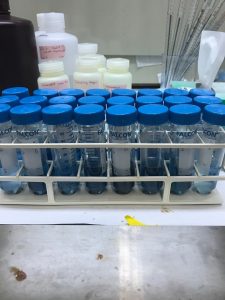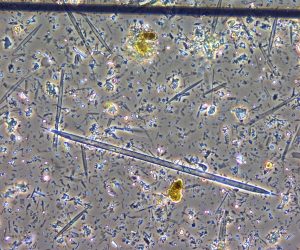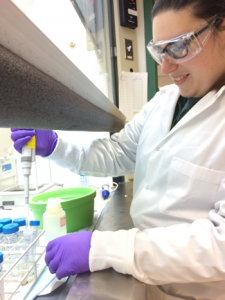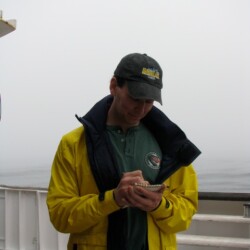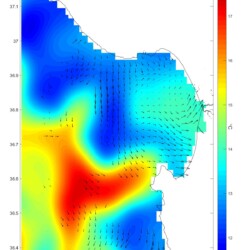In Geophysical Research Letters, Dr. Dustin Carroll, a SJSU/MLML research affiliate, co-authored the article, Distinct Frontal Ablation Processes Drive Heterogeneous Submarine Terminus Morphology. Using ship-based observations in Greenland fjords, Dr. Carroll and his collaborators mapped the subsurface, three dimensional face of a glacier to better understand how they melt from warming ocean waters.
Image: Small boat work in west Greenland by Dr. Dustin Carroll



